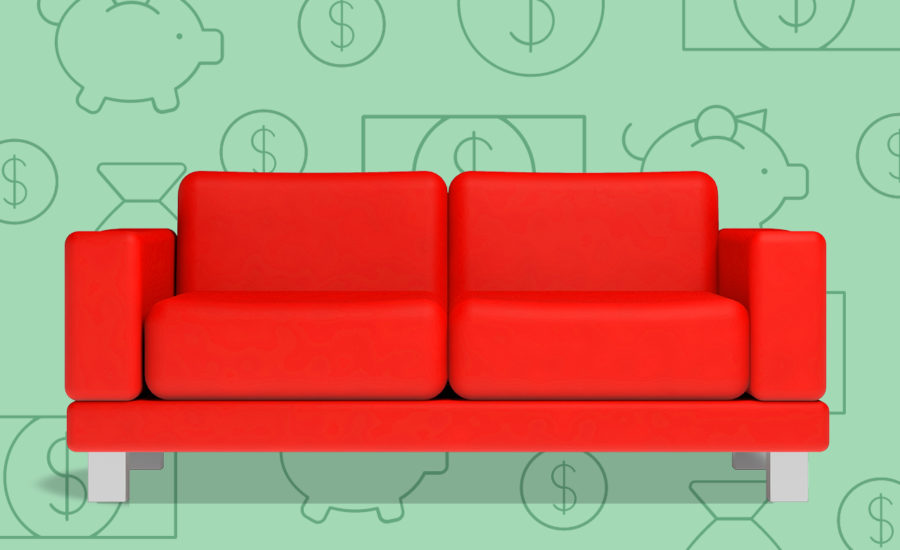How much to pay for a couch
Find the sweet spot between trendy, durable and affordable.
Advertisement
Find the sweet spot between trendy, durable and affordable.

 This post is part of Spend It Better, a personal finance collaboration between Chatelaine and MoneySense about how to get the most for your money. You can find out more right here.
This post is part of Spend It Better, a personal finance collaboration between Chatelaine and MoneySense about how to get the most for your money. You can find out more right here.
Share this article Share on Facebook Share on Twitter Share on Linkedin Share on Reddit Share on Email